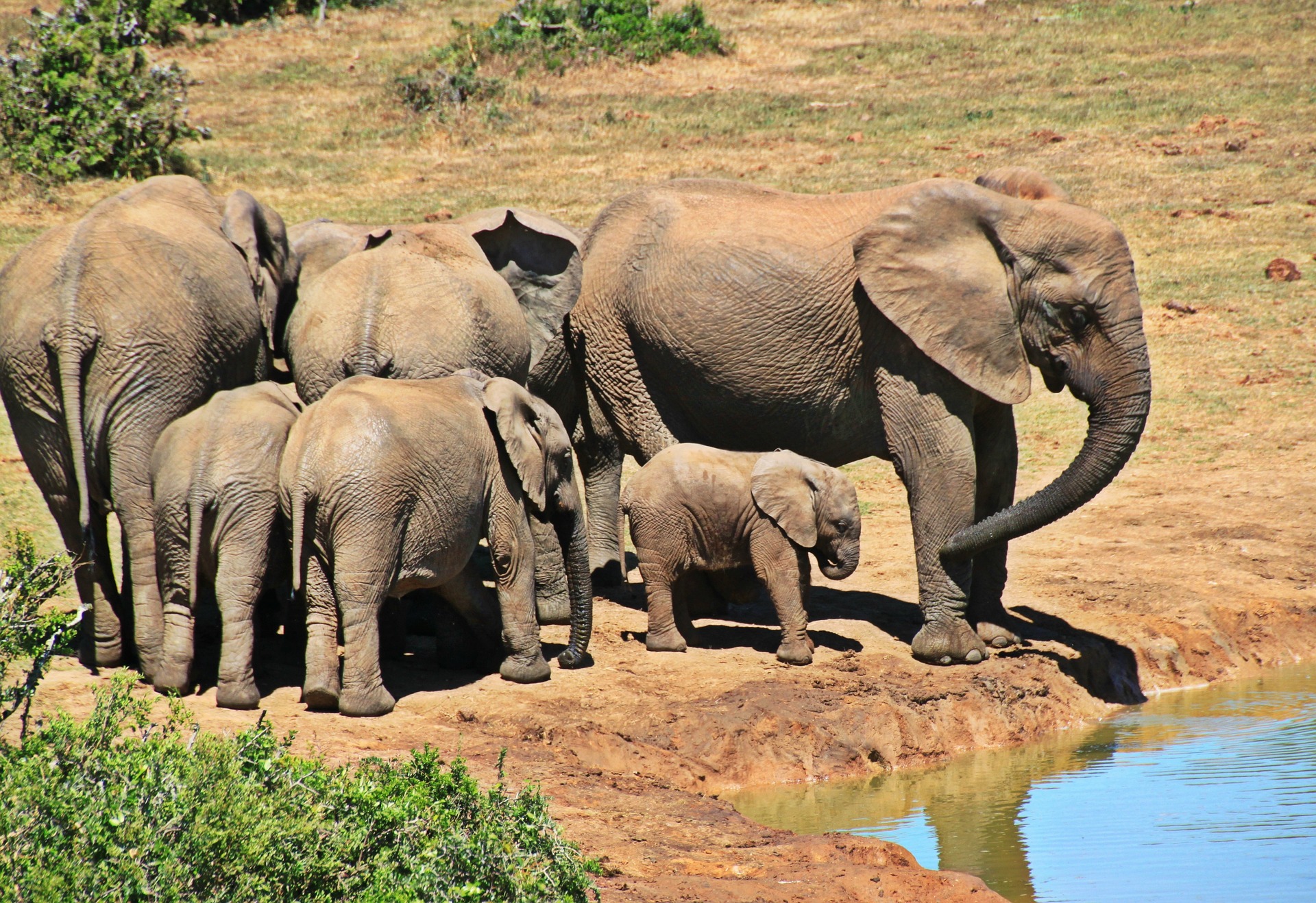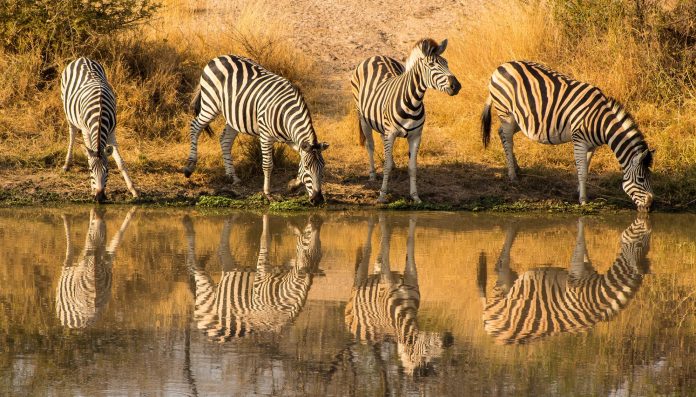Balance adrenaline-pumping game spotting and soul-soothing massage treatments, along with starlit dinners and – what we all need at the end of a busy year – peace and quiet in the nurturing embrace of nature.
Break out and break free and return to the wild side of life. Popular among both local and international tourists, The Kruger National Park is a year-round destination as the changing seasons bring different-coloured vegetation, changing cycles in animal life, and interesting visual and experiential treasures to enjoy.
There’s a reason to visit the Kruger every season:
Every season has its highlights. If you enjoy birdlife and snapping photographs of gorgeous, lush landscapes – as well as some incredibly beautiful sunsets and thunderstorms – then head to the park in summer.
Autumn brings cooler temperatures, along with sightings of impala, wildebeest and waterhog. If it’s game viewing that feeds your soul, then winter is the time to go. The sparse vegetation makes spotting game easy, not forgetting the world-renowned migrations from the Park to the warmer climates of Mozambique and Zimbabwe.
When spring has sprung, there is a different way to see the Kruger National Park’s wildlife, with high concentrations of animals around water sources before the rainy summer season kicks in again.
Summer season in the Kruger National Park
Great for: birdwatching, photographic safaris, summer babies
The summer season at the Park is known as the Green Season, and for good reason, it rains. November to March showcases the Park blooming with health and flush with game.
Game viewing becomes more of a challenge in the green and dense vegetation, but that’s when you arrange a guided safari in a dedicated safari vehicle that increases your wildlife sightings with its added height.
A highlight during November and December are the summer-born babies while the lush landscape naturally attracts birdlife that fly in for the warmer months.
You can make the peak December holiday season a real treat when you mix your safari and beach destinations. A couple of days along the KZN east coast tuning up that tan can be followed by a relaxing bush weekend, mixing game viewing and some spa R&R to really maximise your daily-grind detox.
Note to tweeters: The Kruger National Park is home to more than 500 species of birds, and in the summer months you may spot a Woodlands Kingfisher, Red-Chested Cuckoo, Wahlberg’s Eagle, or the Amur Falcon.
Keep your cool while getting up close and personal
Great for: elephant migration, Big Cat spotting
As May starts to paint the landscape with the golds and auburns of autumn, the elephants start making their way from Zimbabwe and Mozambique to the warmer climes of the northern Kruger National Park. This is one of the most incredible sights to see – herds of these gentle giants swaying their way slowly to their final destination.
 The very chilly nights make way for days that are still really warm so it’s a win-win especially as you’ll start to see the Big Cats emerge, including the very shy leopard.
The very chilly nights make way for days that are still really warm so it’s a win-win especially as you’ll start to see the Big Cats emerge, including the very shy leopard.
Springtime safaris
Great for: wildlife viewing at watering holes, fewer people
Spring is a lovely season to go on safari to the Park. September and early October still see wildlife clustered around watering holes. These months also fall in low season at the Park, so roads will be less busy and camps and lodges less full, increasing the levels of privacy.
Your Kruger Park quick guide
- Peak seasons: around South African school holidays – April, June and December
- For wildlife spotting: travel in winter and spring
- For birdwatching: go in the rainy months of November to February
- For all-night safaris (especially in winter): pack something warm as the nights can get very chilly
- Average seasonal temperatures:
- January to March: 21°C – 32°C
- April: 16°C – 29°C
- May to June: 9°C – 27°C
- July to September: 10°C – 27°C
- October: 16°C – 30°C
- November and December: 19°C – 31°C
- Best weather: April to May and September to October – but weather is pleasant all year round
Note: The rainy season sees more mosquitoes in the area, increasing the potential for malaria. It’s a good idea to get malaria-prevention medication before visiting this season and to travel with mosquito repellents.






